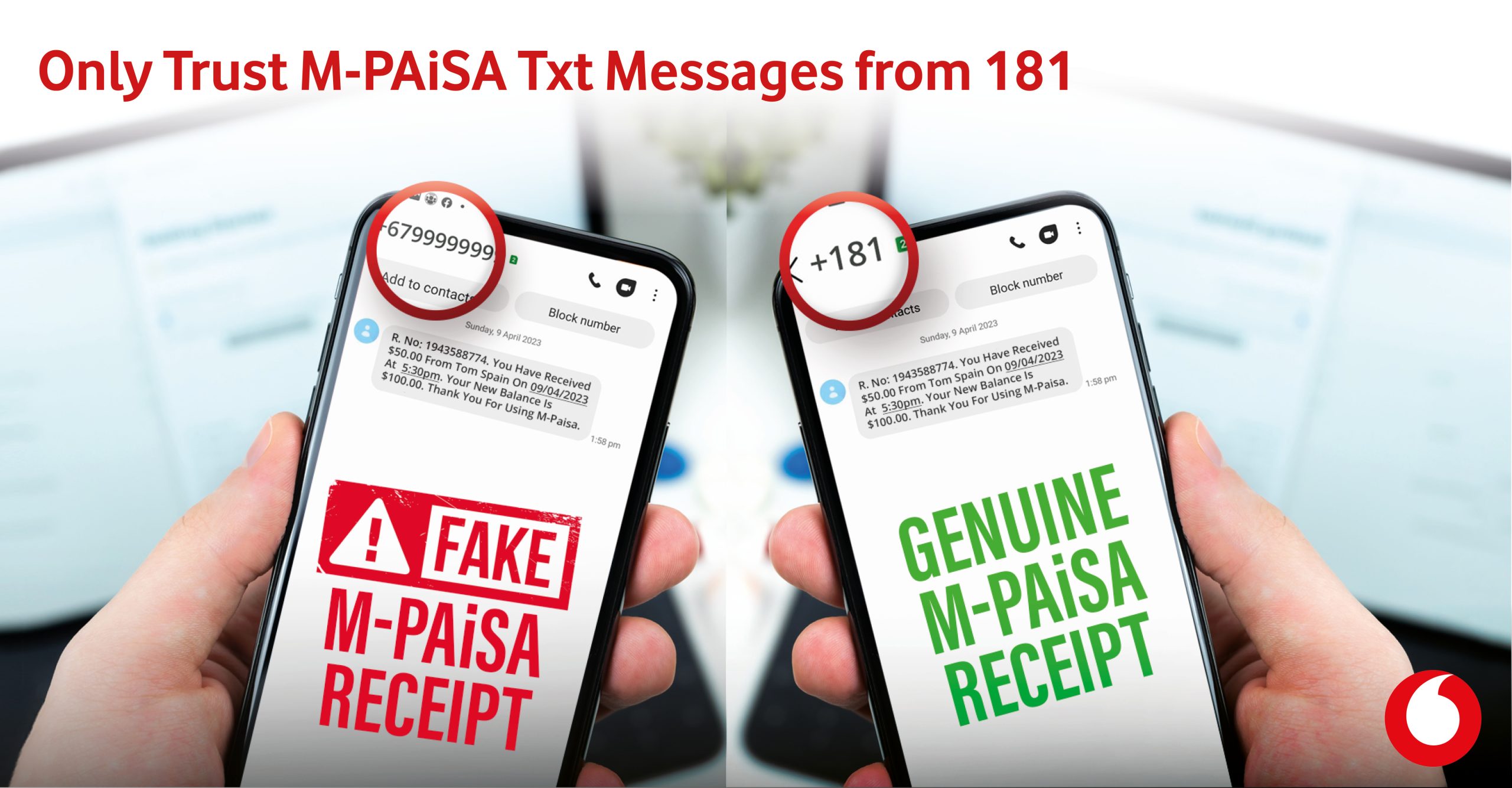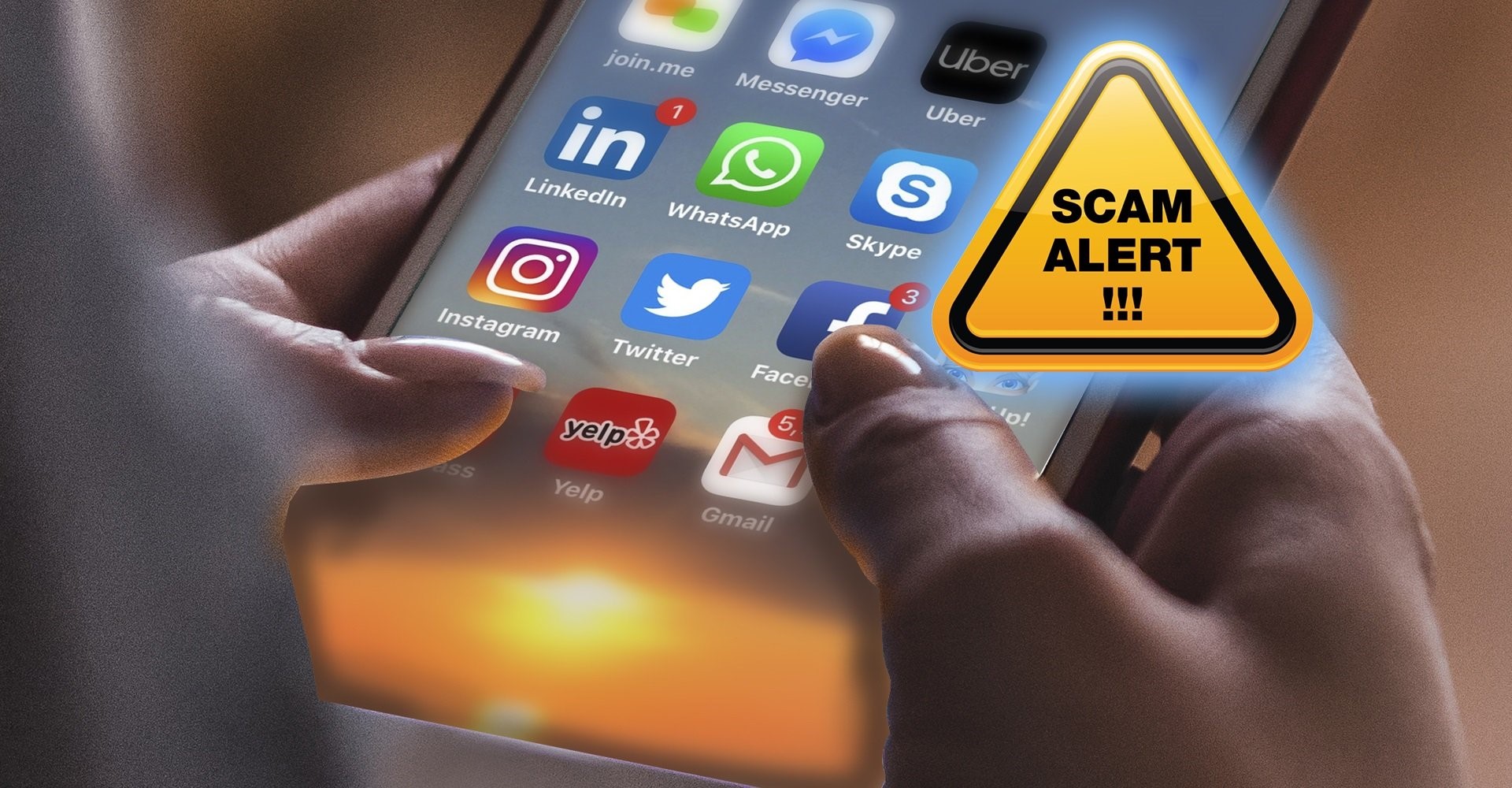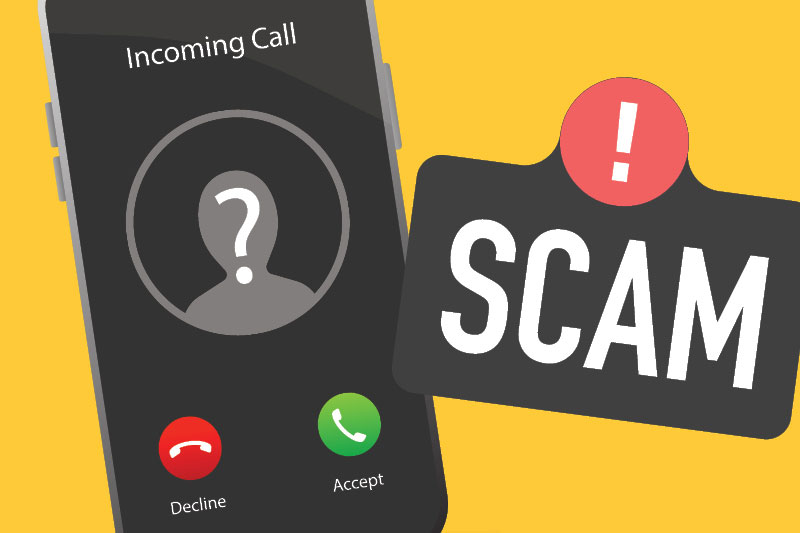
Scammers send “genuine looking” SMS messages to random mobile numbers stating that they have received funds via M-PAiSA. The scammer then calls the person to whom the message is sent to say they sent money by mistake and requests the person to transfer the amount back to the scammer number when in fact they never sent the money.
How to verify it’s not a scam?


Scammers attempt to obtain goods or services from businesses and offer to pay via M-PAiSA. Instead they edit and forward old M-PAiSA receipt messages stored on their phone to show they have paid when they haven’t.
How to verify it’s not a scam?
Scammers create fake social media profiles of random individuals, inserting their photos available online, and then send messages to their family, friends, or colleagues asking to send money since they are in urgent need.
How to verify it’s not a scam?


Scammers, claiming to be Vodafone staff, call M-PAiSA agents lying about upgrading their POS machines or fixing network issues. During the process, they ask the agent to press a few buttons on the POS and follow steps given by the scammer, which results in the agent doing a deposit transaction to the scammer’s mobile number/M-PAiSA account.
How to verify it’s not a scam?
Scammers, pretending to be LTA officials, call and ask for funds in return for a taxi permit.
Scam Identification Points:


Scammers create fake business pages/posts such as car rental businesses on social media, asking people to send money via M-PAiSA to book a rental.
How do I know it’s not a scam?
